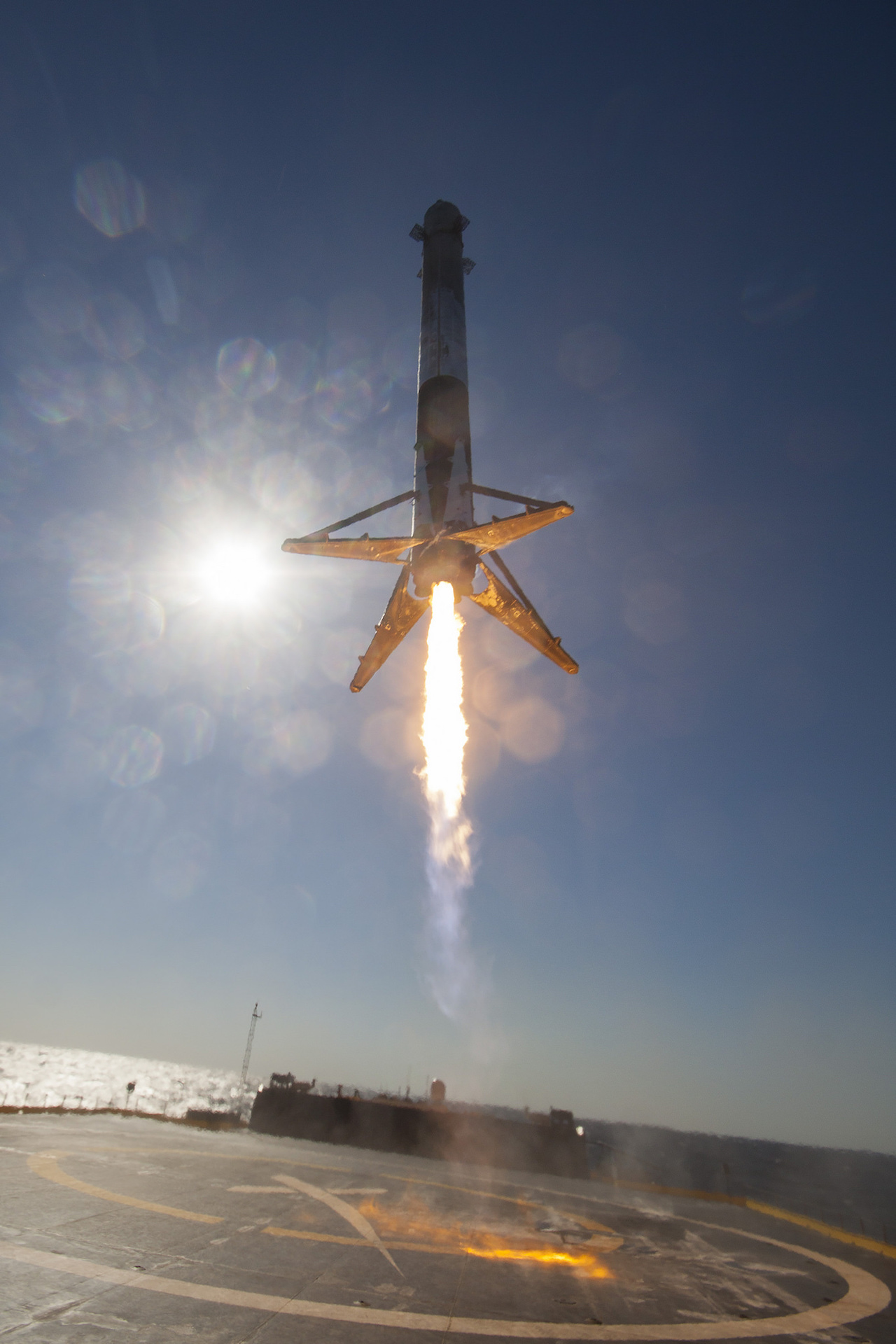
The Dragon cargo capsule on the CRS-25 mission launched on its third flight to the station. The Dragon spacecraft deployed from the Falcon 9’s upper stage about 12 minutes after liftoff to begin the day-and-a-half journey to the International Space Station.

It previously launched the CRS-22 cargo mission last June, launched two NASA crew missions to the station, and hauled Turkey’s Turksat 5B communications satellite into space. The booster, tail number B1067, made its fifth flight on the CRS-25 mission. The rocket shut down its first stage booster about two-and-a-half minutes into the mission, allowing the booster to descend to landing on a drone ship about 186 miles (300 kilometers) downrange in the Atlantic Ocean about seven-and-a-half minutes after liftoff. The main weather concerns were with cumulus clouds that could create a risk for lightning, and flight through precipitation.īut the weather held off Thursday to allow the Falcon 9 to take off from Florida’s Space Coast.Īfter liftoff, the Falcon 9 headed downrange northeast from Kennedy, powered by nine Merlin engines generating 1.7 million pounds of thrust. There was a 70% chance of favorable weather for launch Thursday, according to the U.S. EDT (0044:22 GMT), roughly the moment Earth’s rotation brings the launch site under the orbital plane of the space station. Liftoff from pad 39A at Kennedy occurred at precisely 8:44:22 p.m. A Falcon 9 rocket launched the Dragon capsule toward the station with nearly three tons of cargo. EDT Thursday (0044 GMT Friday) from NASA’s Kennedy Space Center in Florida.

SpaceX’s 25th cargo resupply mission to the International Space Station lifted off at 8:44 p.m.


 0 kommentar(er)
0 kommentar(er)
